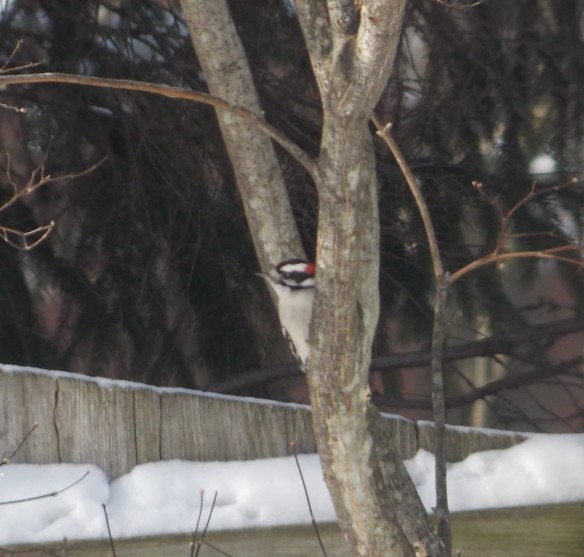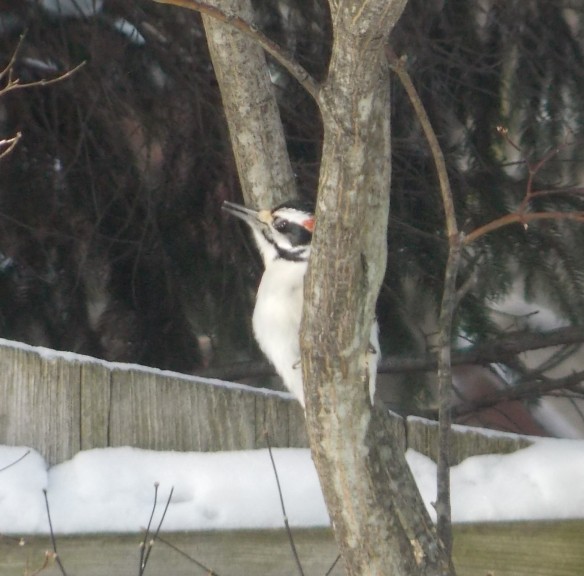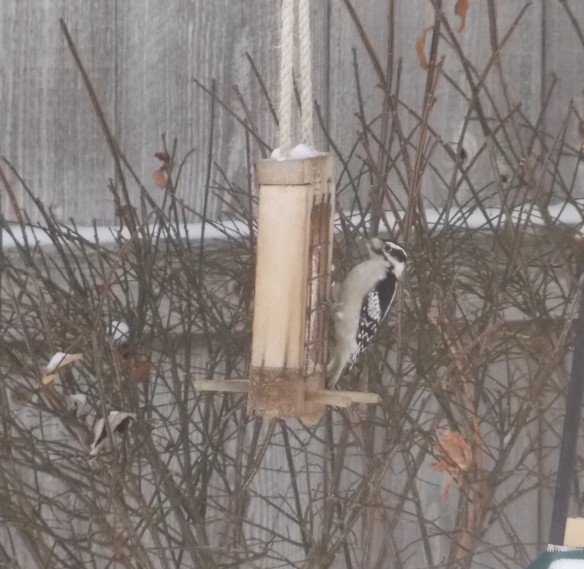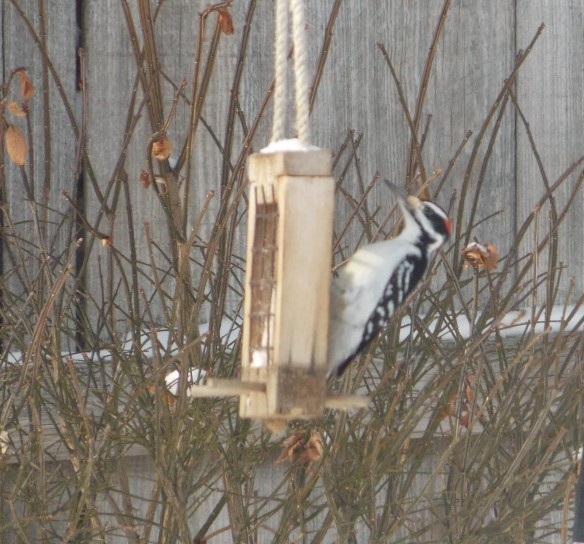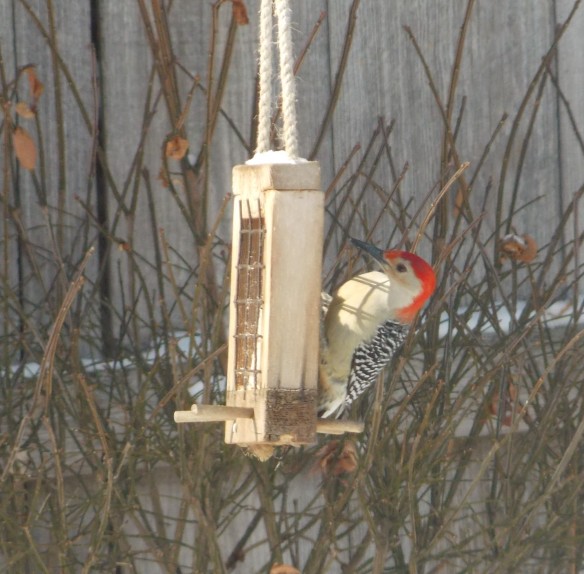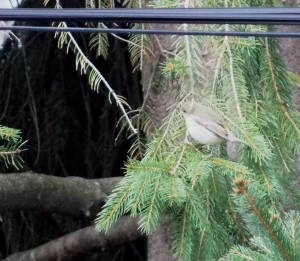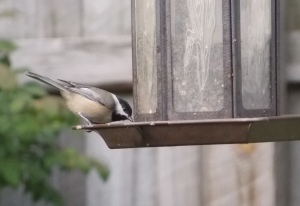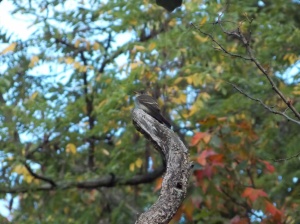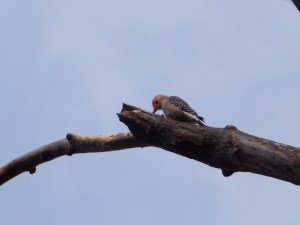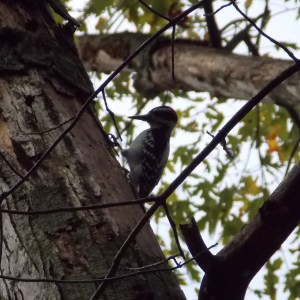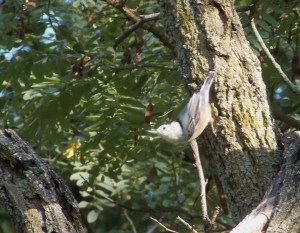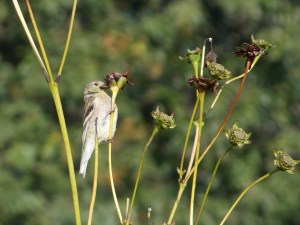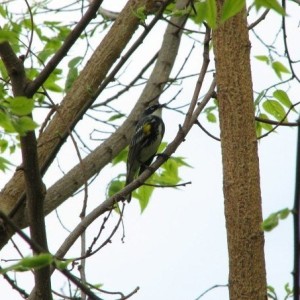Continuing with the year of travel, Jaime and I were fortunate enough to make it down to Miami for my sister’s graduation and to see the family, celebrate Christmas early, and all of those good things. Additionally, I am sure you would be disappointed if I didn’t spend considerable time chasing birds around and looking foolish in front of all of those gaudily-dressed scenesters, European ravers, and Jersey Shore cast members. Don’t worry, reader(s) behold:
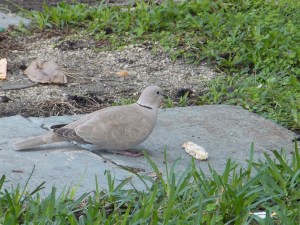
Eurasian Collared Dove
The first significant bird was a life bird for me, the Eurasian Collared Dove. Much like most things in Miami, these birds do not originate in America. They supposedly can be found in Indiana too, but I’ll believe it when I see it.
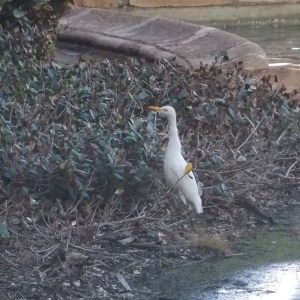
Cattle Egret
The Cattle Egret was also a life bird for me, though they are exceedingly common in Florida. They are infamous for expanding their range very rapidly during the 20th century, arriving in the US of their own accord and spreading out from there. Again, these can supposedly be found in Indiana, but I haven’t seen any proof yet.
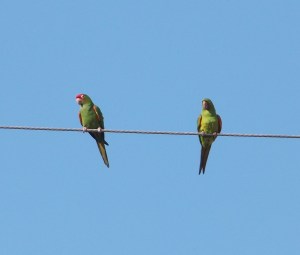
Mitred Parakeet
Another life bird were these Mitred Parakeets that had taken their talents to South Beach. Originally from Ecuador or something, these birds are feral and thriving in their new digs. They are also closely related to the Red-Masked Parakeets of San Francisco (and this blog’s) fame, but the Mitred variety has an incompletely red face.
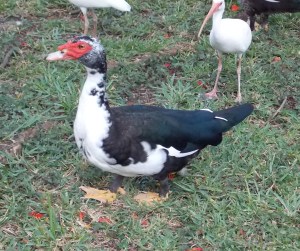
Muscovy Duck
The provenance of waterfowl is frequently difficult to determine when they are unafraid of humans, and I was about ready to give up on the Muscovy Ducks that inhabit the University of Miami’s campus because they are endemic to Central America. However, one of these ugly bastards had a flock of ducklings with it, which let me know that they have indeed established themselves like the parrots above. Lifer.
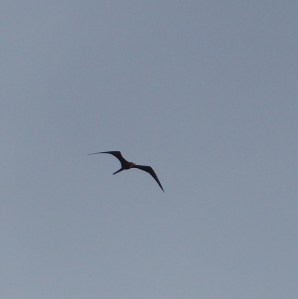
Magnificent Frigatebird
The fifth and final lifer of the trip was this Magnificent Frigatebird that was wheeling around the bay outside of our 15th floor balcony. These guys have a truly crazy silhouette that looks like they should be in a Batman movie.
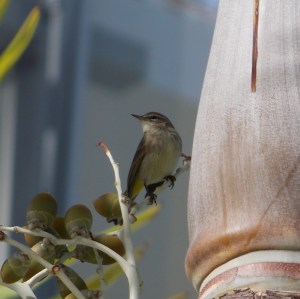
Palm Warbler
The award for most appropriately named bird of the trip goes to this Palm Warbler, which was sitting in a palm tree.
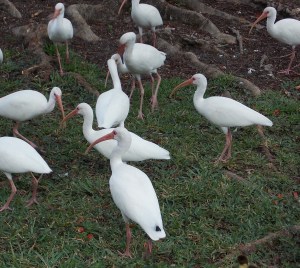
White Ibis
I do not know the scientific term for a group of White Ibis, so I will say that this herd of them was busy begging for bread crumbs at The U.

Brown Pelican
This Brown Pelican was photographed from our Duck Boat during the Duck Boat Tour of Biscayne Bay. It was not amused.

Laughing Gull
It was impossible to do anything without at least one Laughing Gull looking at you funny.
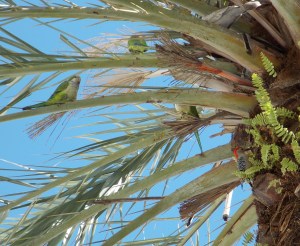
Unlikely Allies
Even with all of the great birds that were seen in South Florida, perhaps the most unexpected was the Red-Bellied Woodpecker cavorting about with Monk Parakeets in a palm tree in the middle of a busy street. I guess this just goes to show you that what happens in Miami stays in Miami, unless you get photographed and put on the internet.

